How to clean dirt from a Bosch washing machine?
 Any equipment needs regular care, and washing machines are no exception. While some dirt is visible to the naked eye, others are found deep in the machine during “cleaning.” There are many places in the washing machine that are vulnerable to dirt - from the body and drum to the cuff, powder receptacle and garbage filter.
Any equipment needs regular care, and washing machines are no exception. While some dirt is visible to the naked eye, others are found deep in the machine during “cleaning.” There are many places in the washing machine that are vulnerable to dirt - from the body and drum to the cuff, powder receptacle and garbage filter.
You can’t forget about cleaning: you need to clean your Bosch washing machine from dirt inside and out, protecting it from breakdowns and poor-quality washing. We’ll tell you in detail how to do this faster and more correctly.
Where are the accumulations of sewage located?
Despite constant contact with water and detergents, the washing machine inevitably gets dirty. Moreover, even the named “clean” liquids make their “dirty contribution”: limescale deposits in the water supply settle on the hoses and heating elements, and the soap remains a film in the dispensary and drum. The situation is aggravated by debris and lint falling off things, as well as high humidity and indoor dust.
Bosch gets dirty everywhere, inside and out, but some places are most vulnerable to debris accumulation. Thus, special attention must be paid to the drainage filter, cuff, pump, powder receptacle and the bottom of the tank.
Experts recommend thoroughly cleaning your washing machine every six months!
- Drain filter. It is also called garbage, as it retains 90% of the trash that gets into the washer. This is dirt, objects accidentally caught in the drum, hair, threads and paper. It is necessary to wash it at least once every six months.

- Hatch cuff. The rubber seal has several folds in which debris from things, soap scum and water accumulate.If the rubber band is not regularly wiped dry and cleaned of dirt, it will turn black, become moldy and smell unpleasant.
- Water pump. The pump impeller takes over the 10% remaining after the drain filter - hair, lint and other debris stick to the blades, blocking the operation of the device. If there is a lot of dirt, the device breaks down and washing becomes impossible.
- Powder receiver. Often, undissolved detergent remains in the tray, which, together with dust and limescale from the plumbing, settles on the walls of the hopper and hardens. Also, mold often “settles” in the cuvette.
- Bottom of the tank. Debris from the drum “falls” to the bottom of the tank, and soap scum and residual water settle here. It is difficult to get to such “treasures”, but you should not neglect cleaning the bottom.
Knowing the dirtiest places in your washing machine makes it easier to organize the process and speed up cleaning. It is better to move from the simple, washing the filter, tray and cuff, to the complex, pump and tank. Everything is done relatively easily - every housewife can handle it.
Let's start with the "garbage bin"
On Bosch washing machines, the drain filter is “hidden” in the lower right corner behind a rectangular technical hatch. Getting to the “trash bin” is easy: use a flat screwdriver to pry open the door and press out the plastic latches. All that remains is to find the black plug and start cleaning the nozzle. The algorithm is as follows:
- disconnect the washing machine from the power supply;
- tilt the body back so that the front legs rise above the floor by 5-7 cm;
- place a container under the garbage filter (the remaining water in the tank will be poured into it);
- find the emergency drain hose, pull it out and drain the water into a container.

Not all Bosch models have a special drain hose.Without it, the procedure for completely emptying the tank follows a different scheme - through unscrewing the “trash can”. The instructions are:
- grab the ledge on the plug and scroll from right to left;
- if the part does not feed, generously treat it with WD-40 lubricant;
- pull out the nozzle;
- inspect the vacated hole for the presence of dirt and debris (it is better to shine it with a flashlight and thoroughly clean the seat);
- clean off any accumulated debris from the nozzle and rinse under the tap;
- return the “trash can” to its place, screwing it in until it stops;
- close the filter with a decorative flap.
Ideally, the garbage filter should be cleaned every three months. Unscheduled “cleaning” is recommended after washing knitted woolen items. If pets, cats and dogs live in the house, then the “trash bin” should be washed monthly.
Let's pay attention to the tray
Bosch's detergent tray also often gets dirty. Powder that is not washed into the drum turns to stone over time, “growing” to the walls of the bunker. The longer the cuvette is not cleaned, the thicker the coating. The consequences are sad: the pipe becomes clogged, water and granules do not leave the dispensary, leading to leakage and poor washing of clothes. To avoid this, you need to pay attention to the powder receptacle after each wash.
You can clean the powder receptacle from heavy contamination with citric acid, vinegar or baking soda.
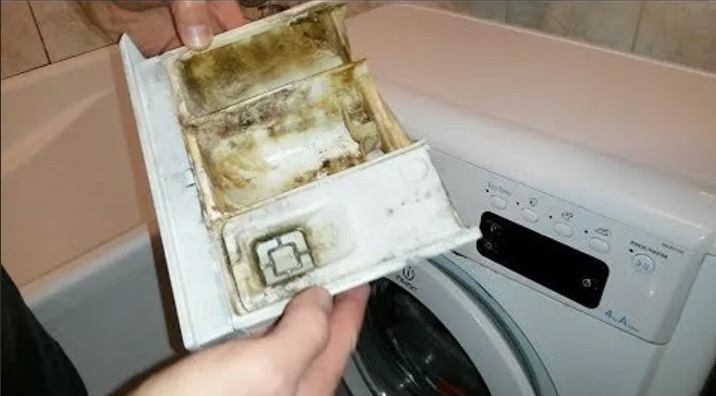
The dispenser is easy to remove. We proceed like this:
- take hold of the handle;
- we pull towards ourselves as far as we can;
- we clamp the special “tongue” located in the center;
- pull out the tray.
Often, just rinsing the hopper under warm water is enough to remove any remaining powder. If cleaning is being done for the first time in a long time, you will have to start with soaking. Prepare a solution of citric acid and immerse the tray in it for 1-2 hours.Afterwards, you need to walk along the walls with a toothbrush, rinse and wipe dry.
The cuvette is returned to its place without any difficulties. It is enough to insert the tray into the special guides and push it all the way.
"Main" gum
A lot of debris accumulates in the lower folds of the sunroof cuff: from hair and soap to a stuck baby sock. You cannot leave this in the gum - high humidity and lack of air conditioning will lead to mold and an unpleasant odor. It’s better to look into the drum after each wash, straighten the elastic and pull out the excess.
It is recommended to carry out more thorough cleaning periodically:
- apply white to all folds of the cuff;
- close the hatch door;
- leave the product to “work” for at least 30 minutes;
- then rinse with water manually or run a quick wash;
- then wipe dry.
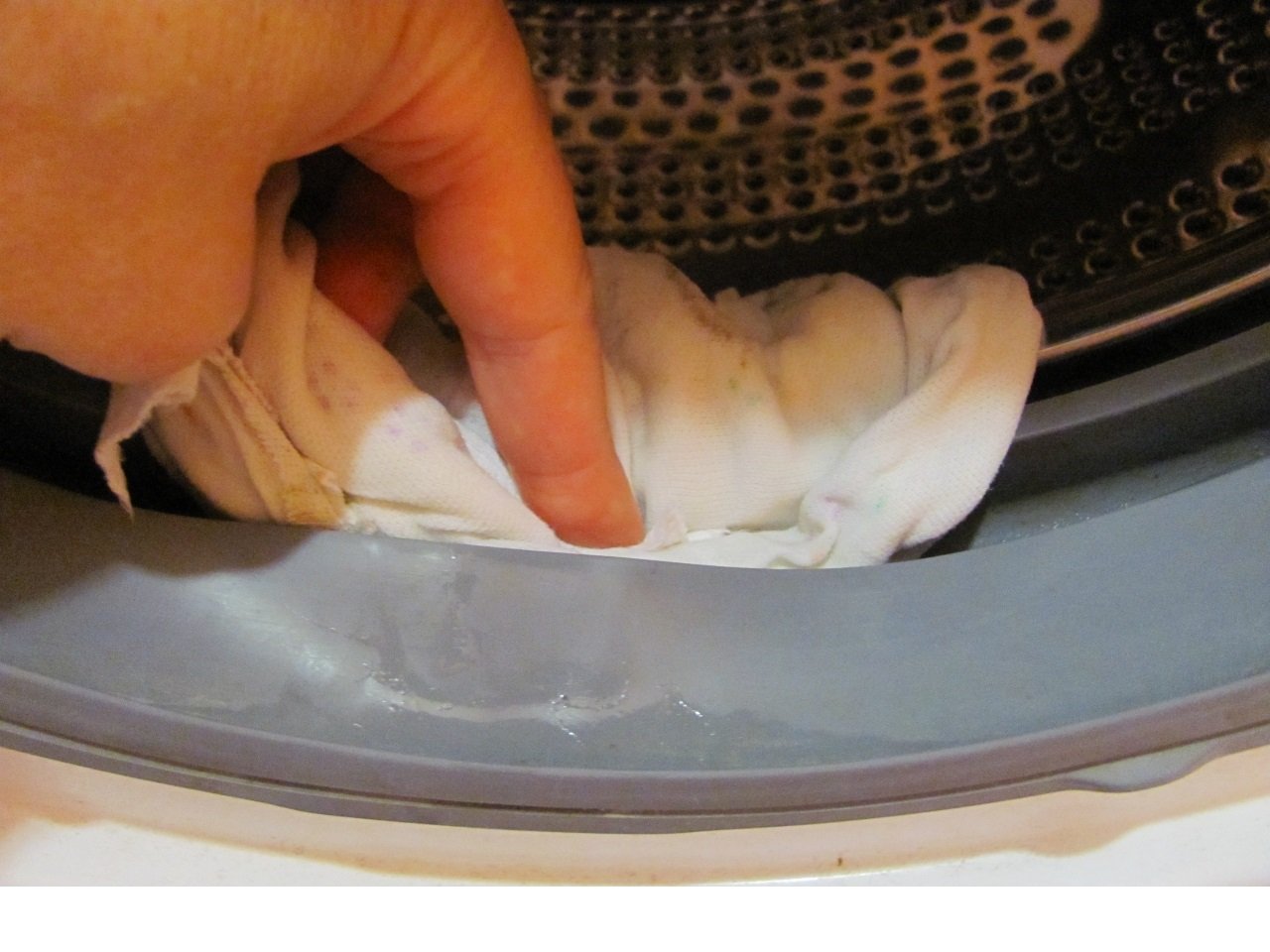
Instead of bleach, you can use soda or lemon solution to clean the cuff. The main thing is to avoid caustic acids that can corrode the rubber seal. Don't forget about personal safety by using gloves and safety glasses.
Let's get busy with the pump
Getting to the pump is more difficult - you will have to partially disassemble the machine and the pump itself. To begin with, the washing machine is disconnected from the power supply, water supply and sewerage, and then moved away from the wall. Then the algorithm is as follows:
- remove the powder receptacle;
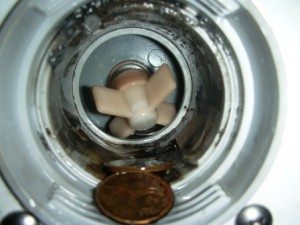
- Unscrew the two screws hidden behind the tray;
- loosen the bolts around the perimeter of the dashboard and disconnect the board from the body (there is no need to completely disconnect the module, just hang it on the side or put it on top);
- pry open the technical hatch door and move it to the side;
- remove the outer clamp from the cuff and tuck the elastic inside the drum (there is no need to completely tighten the seal - it is very difficult to put it back);
- disable UBL;
- unhook the front panel from the washing machine;
- drain the water from the machine.
Now we find the drain pump at the bottom of the structure, unscrew the bolts holding it, disconnect the wiring and, swinging, remove it from the machine. Afterwards, we begin cleaning: we free the impeller from hair and threads, clean off dirt from the surface of the drainage and the nearby cochlea. Next, we disassemble the part and wash the internal elements.
The cleaned pump is reassembled and returned to its place, securely fixed to the volute. If during installation it is noticed that the impeller dangles or flies off the shaft, then you should not try to secure it with sealant or glue. It is safer to replace the pump completely.
Dirt in the tank
Cleaning the tank should not be part of your regular cleaning routine. Such manipulation is necessary only in extreme cases: if the bearing assembly is changed or a foreign object is stuck in the machine. In other cases, you can do without cleaning the bottom.
If you decide to clean the machine completely, you will have to remove the heating element and manually remove debris from the bottom of the tank through the vacated hole. It is recommended to act in the following sequence:
- de-energize the machine;
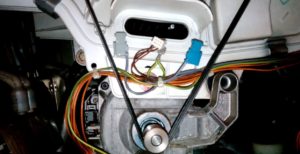
- turn off the water;
- drain the water through a hose or filter;
- move the washing machine to the center of the room;
- remove the back panel of the case;
- take a photograph of the heating element “trick” to record the location of the wires;
- release the wiring from the terminals;
- disconnect the thermistor;
- unscrew the central nut;
- push the bolt in;
- swing the heating element and remove it from its seat.
We put our hand with a rag into the free hole and clean the bottom of debris. Then we return everything to its place, proceeding in reverse order.
Interesting:
1 reader comment
Add a comment Cancel reply
Categories
Washing machine repair


For buyers

For users

Dishwasher

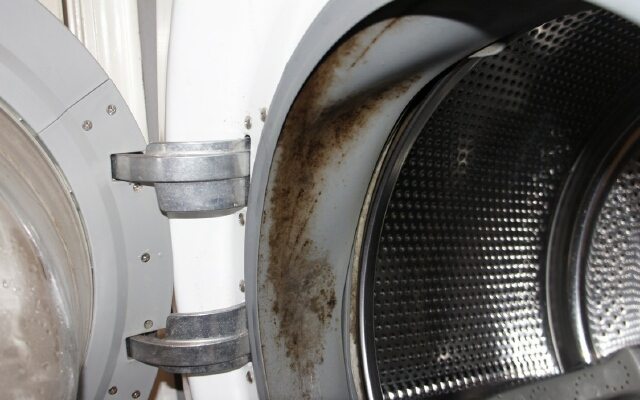
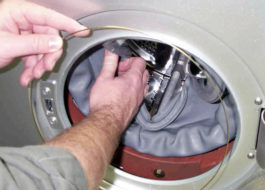
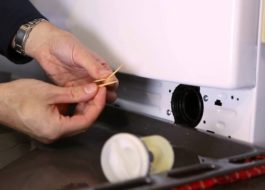

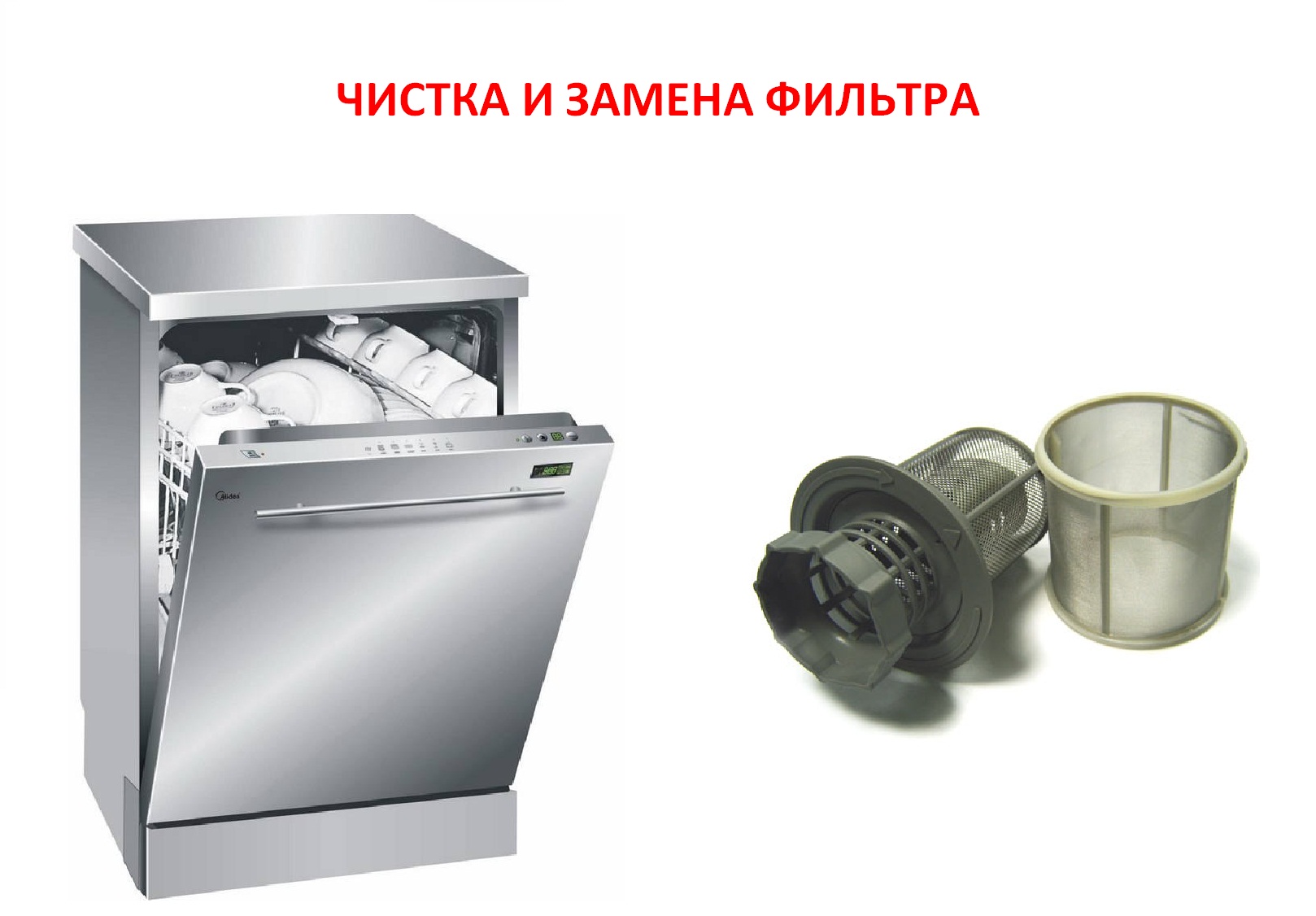
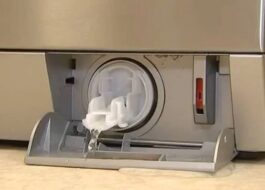










Are the fins in the drum removable for cleaning?